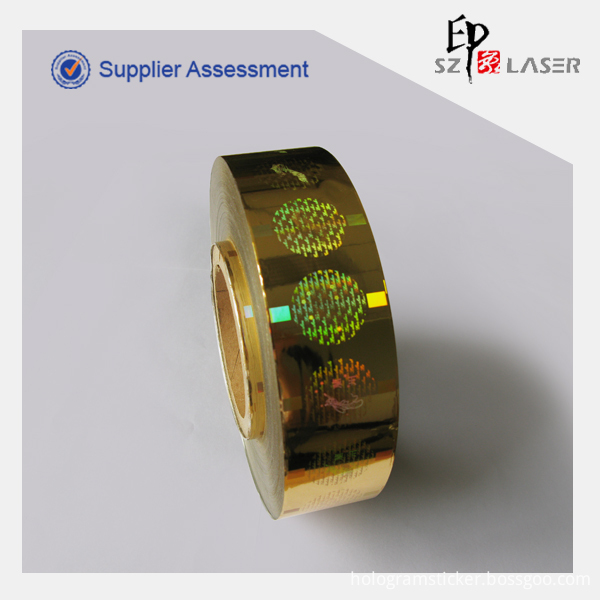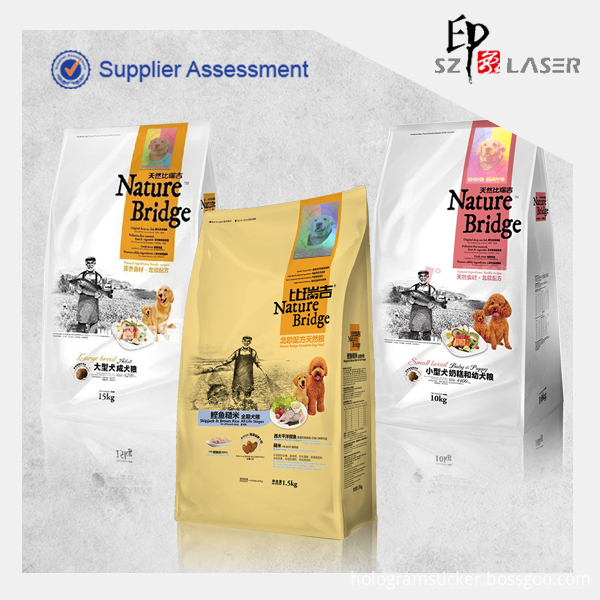According to the Deputy Secretary-General of the China Packaging Technology Association and Senior Engineer Che Xiangfu, the so-called “green packaging†refers to packaging that is harmless to the ecological environment and human health, can be reused and recycled, and can promote sustainable development. Therefore, developed countries in the world have determined that packaging meets the “4R+1D†principle, namely low consumption, development of new green materials, reuse, recycling and degradability.
According to relevant information from the China Packaging Association, the packaging industry is one of the major industries in China's national economy and has been continuously and rapidly developed over the past decade or so. In the past, the phenomena of "first-class products, second-class prices, and third-class packaging" in the packaging industry are gone forever. China's packaging industry currently has more than 25,000 companies. Its annual production value has increased from 7.2 billion yuan in 1980 to 220 billion yuan in 2000, which is increasing by nearly 20% every year. However, the development of the packaging industry also consumes a lot of resources. In China, the industrialization level of the packaging industry is still low, the use of packaging products and the recovery and processing systems are not perfect, and the management methods are scarce, resulting in a large number of packaging wastes that damage our living environment. Therefore, it is inevitable that China's packaging industry will fully promote "green packaging."
The development of "green packaging" is also an inevitable choice for China's packaging industry to join the WTO and meet the global economic globalization. In 1987, the UN Environmental Protection Agency held its first meeting on the protection of the ozone layer in Montreal, Canada. Representatives of 56 countries and regions signed the protocol and for the first time set forth clear requirements and directions for the coordinated development of the packaging industry and the environment. Some countries have successively promulgated relevant laws and regulations concerning packaging and packaging waste, and more and more environmental protection clauses have appeared in national trade agreements. Green packaging has become a barrier for western developed countries to hinder the entry of developing country goods into the international market, forming a "green trade barrier." If there is no green label product, some developed countries will refuse to import, and may not offer preferential prices and tariffs. After China's accession to the WTO, although China will have an all-round multilateral trade environment, if packaging fails to keep up, it will restrict the development of foreign trade exports and make it more difficult for China's products to reach the international market.
Li Ding, Capital University of Economics and Business, put forward three suggestions on how to develop China's green packaging industry. The first is to pay attention to the development and replacement of packaging materials. The international packaging industry has entered the era of developing environmentally friendly materials and replacing traditional materials. China's packaging industry should also actively follow up and focus its work on the development and replacement of packaging materials. The second is to pay attention to the recycling and reuse of packaging waste, save energy and resources. According to relevant data analysis, the recycling of cans and other aluminum materials can save 95% of the energy used in the production of aluminum; the recycling of steel and glass waste can save 50% of the energy required for the production of such materials; and 3 it is actively adapting to global green consumption. Fashion, and promote the development of commodity packaging toward the "green packaging." Driven by the trend of green consumption, people will no longer only pay attention to whether the quality of the goods is qualified or whether the packaging is exquisite, but whether they are in compliance with environmental protection requirements and whether there is a “green packaging†mark on the packaging. In addition, various governments have adopted corresponding measures in adapting to the green consumption boom. For example, the EU has promoted the use of packaging materials that cannot be reused or recycled since 2000, in order to promote the use of renewable and recycled packaging products.
China is a country with relatively insufficient population resources. Implementing the strategy of sustainable development is our inevitable choice. In the “Ninth Five-Year Plan†of the packaging industry, we have adopted green packaging as a product technology that encourages development. In 1996, the National Green Packaging Symposium was held to discuss the relationship between packaging and the environment, the technical development of green packaging products, green packaging regulations and management systems, and the recycling of packaging waste. The “National Green Packaging Industry Development Plan for 2001-2010†formulated by the State Economic and Trade Commission has also been finalized and is in the process of validation. Its implementation is just around the corner.
Hot Stamping Hologram Security Strip Foil Label in Roll
Specification for Hologram strip label, Hot Stamping Hologram Label, Security Strip Label , Hologram Security Strip
Hidden text, Micro text, Flip-flop, Moore
encryption, Zoom in/out, etc.
Material
Polyethylene terephthalate(PET)
Thickness
Generally, 15,20micron for hot stamping
Color
Siver, gold, transparent, etc
Design
Generic patterns, customized pattern with free design.
Shape
Square, Circle, Oval, Triangle, etc.
Type
Hot stamping
Holo tech
Combined with other processing
Multi color printing; Serial numbers; QR code; UV ink; HS ink etc.
Sample
Available for free
Packaging
In roll with Strech film, Standard export carton outside
Application display for hot stamping label

Hot Stamping Hologram onto paper packaging

Hologram was transfer onto bag packaging

If you are in demand, please contact us! We will do our every efforts to satisfy your requirements.
Hot Stamping Hologram
Hologram strip label, Hot Stamping Hologram Label, Security Strip Label, Holographic strip label, Hologram Security Strip
Suzhou Image Laser Technology Co., Ltd , http://www.nip-optics.com